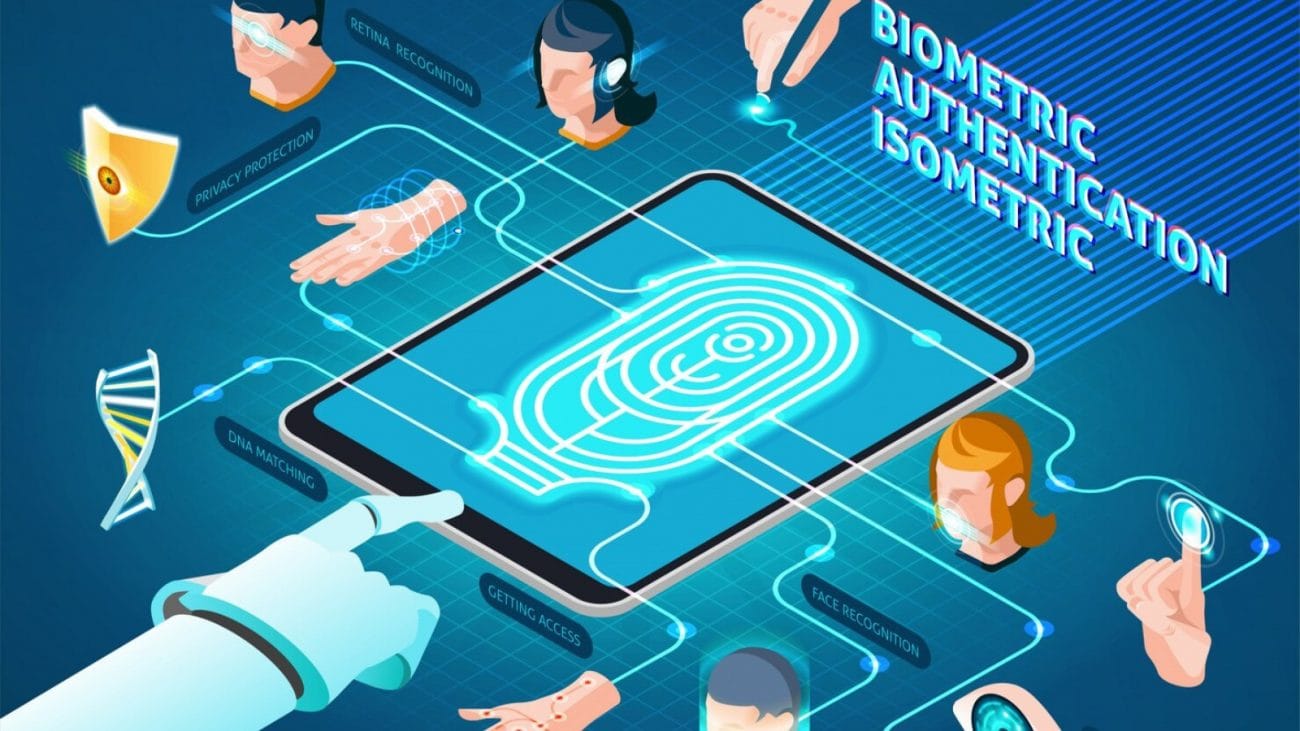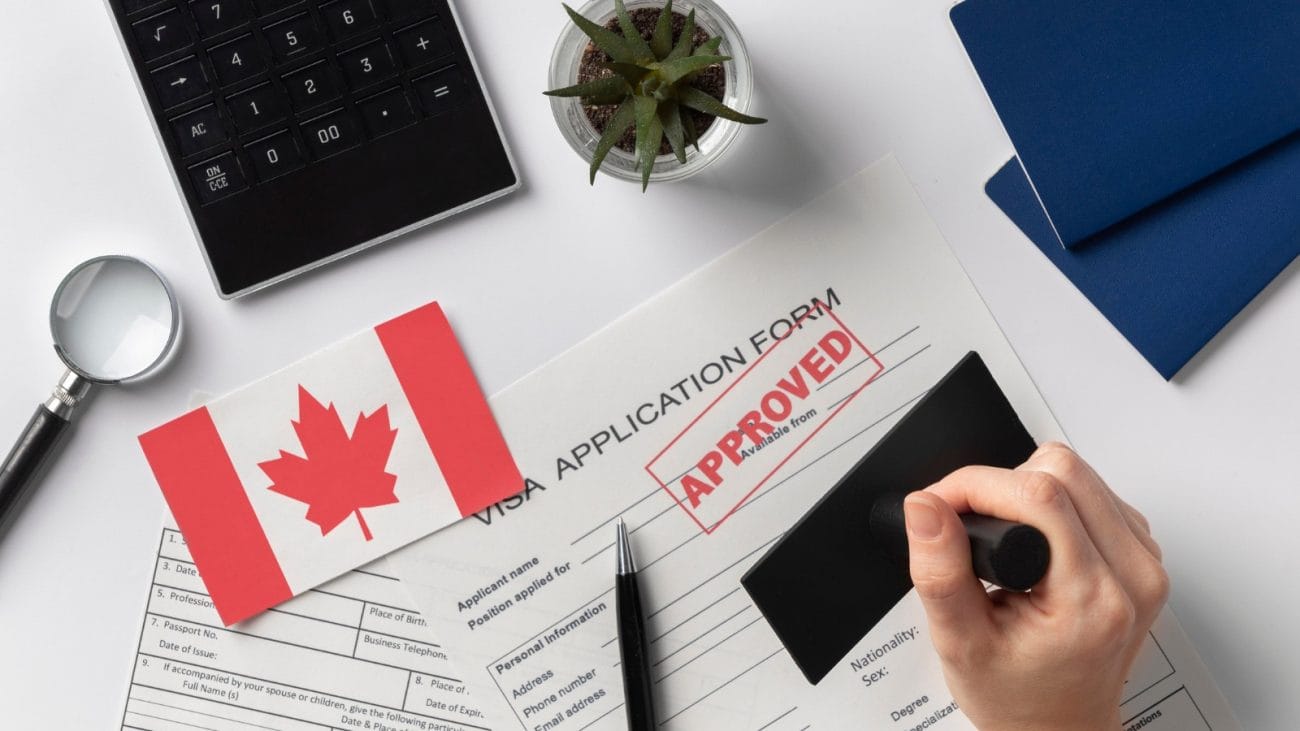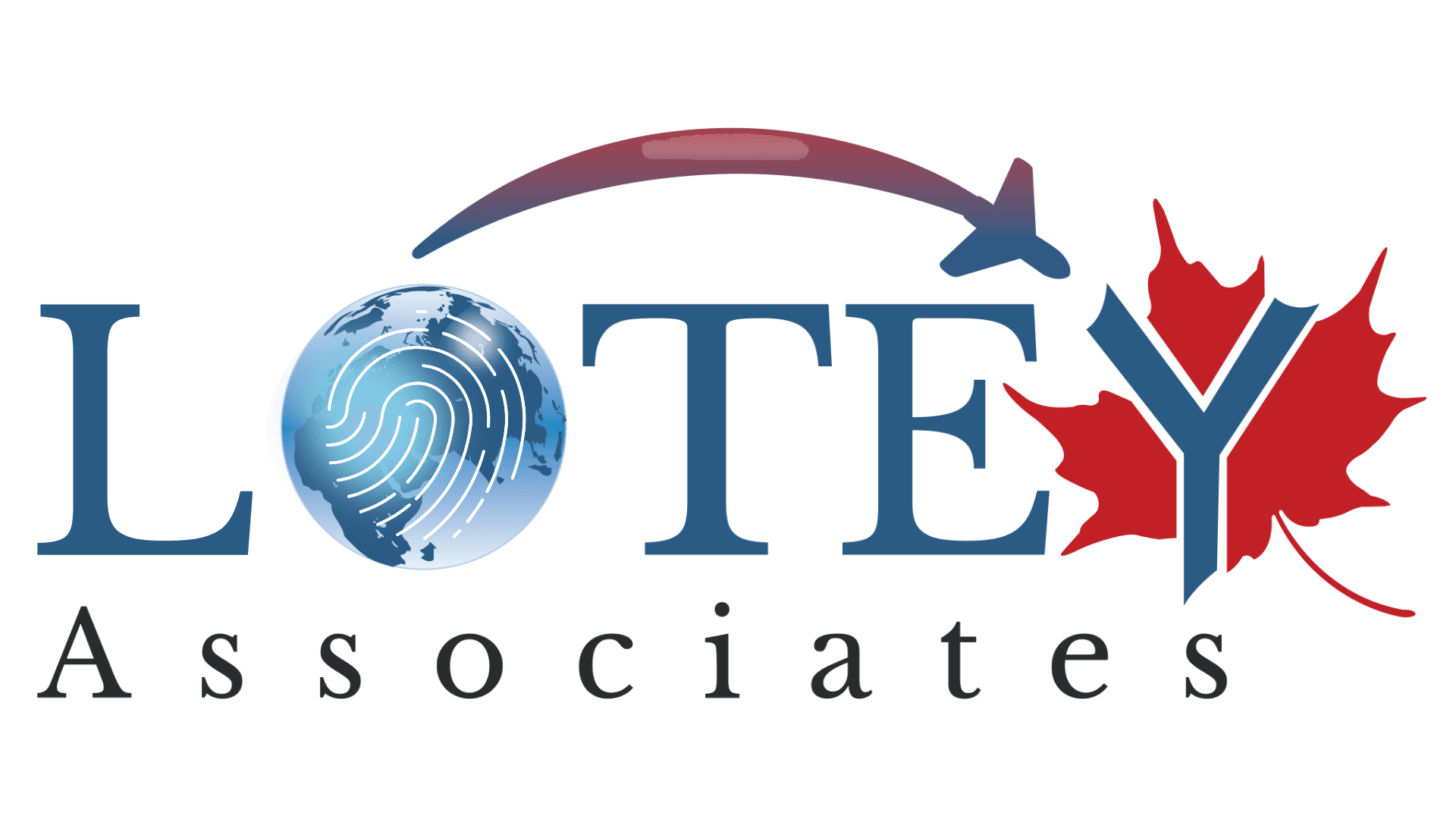Imagine This Scenario
It’s crunch time for your business. An international partner requests staff background checks, or your team is applying for work permits abroad. Suddenly, what seemed like a simple fingerprinting appointment becomes a bureaucratic maze—“digital won’t do, we need ink and roll fingerprints.” The clock is ticking, and stakes are high.
Running a business or applying for something important? Then you already know how often identity checks come into play — and how crucial it is to get them right the first time. Even in a digital world, the tried-and-true ink and roll fingerprinting method remains a trusted option for many official purposes. Here’s everything you need to know about it, and why it still matters.
What is Ink and Roll Fingerprinting?
Ink and roll fingerprinting is the centuries-old, analog method of capturing fingerprints using black ink and a physical card—still preferred by many international agencies, police departments, and licensing organizations outside Canada. It’s a hands-on procedure, with a technician rolling each finger in ink and then onto a fingerprint card (often FBI FD-258 or RCMP C-216-C), producing clear, legally recognized records.
Why Do Canadian Businesses and Individuals Still Need It?
While digital fingerprinting is widespread domestically—think quick RCMP submissions—ink and roll is required for:
Police Clearance
Certificates issued by authorities confirming you have no criminal record in their country.
Immigration & Visas
Documents needed for international travel, long-term residency, or overseas work permits.
Professional Records
Security, professional, or work-related certifications required for employment opportunities abroad.
Official Requests
Paper copies required by some foreign governments or agencies that don’t accept digital files.
Many regulatory bodies and employers outside Canada still rely on the tactile ink record for legal or technical reasons, making it an essential service for internationally mobile Canadians.

Step-by-Step Guide: The Ink and Roll Process
Let’s break down exactly what happens during a typical ink and roll fingerprinting appointment, so you and your team know what to expect from start to finish.
1. Preparation: Book and Arrive
- Booking: Schedule an appointment with an RCMP-approved agency like Lotey Fingerprinting. Most reputable agencies, including Lotey, offer appointments only for ink and roll to maintain detailed attention and avoid rushed, smudged prints.
- Documents: Bring two pieces of valid government-issued photo ID (passport, PR card, driver’s license) and, if required, a passport-sized photo for your fingerprint card.
2. Verification and Card Selection
- Identity Check: Agency staff will verify your IDs and ensure paperwork matches the requirements of the foreign authority requesting the prints.
- Card Choice: Most agencies use the FBI FD-258 or Canadian RCMP C-216-C fingerprint cards. If your requesting authority specifies another form, bring it with you.
3. The Clean-Up: Wash and Dry Hands
A technician will ask you to wash and thoroughly dry your hands. Clean skin ensures the ink captures crisp ridge details without blurring—a little like prepping a canvas before painting.
4. Ink Application and Rolling Technique
- Inking: The technician applies ink evenly to each finger—avoiding too much (which smudges) or too little (which fades). The ink slab and roller process is precise for optimal clarity.
- Rolling: Each finger is rolled from one side to the other, not just pressed. This captures the unique patterns across the full width—think of recording a 3D object instead of a flat stamp.
- Thumbs First: The technician starts with thumbs, then works through fingers, repeating for both hands.
5. Recording Details on the Card
Alongside your fingerprints, agencies will record your name, date of birth, the date of fingerprinting, and the purpose (e.g., “police clearance for Spain”). Some cards require extra details, so check your requirements ahead of time.
6. Drying and Final Inspection
- Air Drying: Prints are left to dry naturally for a few minutes. Rushing could cause smudges or poor reproduction—be patient.
- Technician Review: The agency reviews each print for clarity, completeness, and legibility. Smudgy prints may need to be redone before you leave.
7. Clean-Up and Packaging
- Sanitization: Hands are cleaned using wipes or specialized solutions, removing any residual ink.
- Packaging: Your completed fingerprint card(s) are returned to you, packaged for easy mailing to the requesting agency. Some agencies provide envelopes or guidance for international submission.
Tips for a Seamless Experience
To make the most of your ink and roll appointment, consider these practical ideas:
- Check Requirements Twice: International agencies often have rigid standards—confirm card format, number of copies, and any extra verification (notary/seal).
- Ask for Additional Copies: Save yourself time with backup cards in case any are rejected.
- Bring All Paperwork: Instructions from the requesting authority, forms, and relevant letters make troubleshooting easier.
- Avoid Moisturizer: Lotions may interfere with ink; wash hands beforehand but skip anything greasy.
- Plan for Travel: If mailing cards abroad, factor in international shipping time and possible embassy authentication steps.

Common Uses in Canadian Business and Immigration
Ink and roll fingerprinting may be requested for:
- Staff background checks for international assignments
- Immigration or citizenship applications for foreign countries
- Police clearance for work, study, or travel abroad
- International licensing in regulated professions (medicine, law, education, aviation)
- Security or compliance audits for global mobility
How Lotey Fingerprinting Makes It Easy
As a top fingerprinting agency in Brampton, serving the GTA and beyond, Lotey follows RCMP-approved standards. The process is specifically tailored for international and non-RCMP agency requests. Here’s what differentiates Lotey:
● Appointment-Only Process: Ensures detail and accuracy in every print.
● Expert Technicians: Guide your hand positioning for flawless results.
● Official Cards Provided: Standard FBI and RCMP cards available.
● Immediate Completion: Finished cards are ready for direct submission after your session.
For more on services or to schedule your ink and roll appointment, visit
https://loteyfingerprinting.ca/ink-roll-fingerprinting-agency-brampton/
Business Advantages of Choosing Professional Ink and Roll Services
When you choose a reputable agency like Lotey, you’re not just getting a fingerprint—you’re securing:
● Compliance: Internationally recognized procedure meets stringent legal standards.
● Accuracy: Specialized staff ensure every ridge is captured, reducing rejection risk.
● Confidentiality: Agencies operate under strict privacy rules (PIPEDA), protecting sensitive information.
● Speed: Completed cards can be mailed the same day, minimizing downtime.
Ink and Roll vs Digital: When Analog Still Wins
Digital fingerprinting is faster and more efficient for Canadian RCMP checks. But internationally, analog ink and roll is preferred for its legal tradition, technical reliability, and universal acceptance—all reasons your business might still need it in 2025.
Final Thoughts—Take the Next Step
Ink and roll fingerprinting may seem old-school, but it’s a vital part of secure global mobility. Instead of struggling with unclear instructions, trust an expert agency to guide every step. With Lotey Fingerprinting, your team is assured accurate, professional results that meet international requirements—so business can proceed without delay.
For business leaders and globally minded professionals, preparation is everything. By understanding the ink and roll process and partnering with experts, you pave the way for successful international licensing, compliance, and mobility—with no last-minute hiccups.
Take action now—gather your documents, clarify requirements, and schedule with the pros. Your international opportunity—or that next big contract—could depend on it.
Ready to book your appointment or learn more? Visit Lotey Fingerprinting’s ink and roll service page and ensure your fingerprinting experience is smooth, secure, and business-ready.
Frequently Asked Questions (FAQs)
What is ink and roll fingerprinting?
Ink and roll fingerprinting is a manual method where a technician rolls each finger in ink and then onto a fingerprint card, often required for foreign police checks or employment abroad.
Who needs ink and roll fingerprints in Canada?
Anyone applying for foreign police clearances, immigration, or professional certifications may need ink and roll fingerprints—especially when digital fingerprints are not accepted by the requesting institution.
What identification do I need for my appointment?
Bring two valid government-issued IDs, with at least one being a photo ID (passport, driver’s license, PR card, etc.).
Does RCMP still accept ink and roll fingerprints?
For most Canadian checks, RCMP requires electronic fingerprints. Ink and roll is mainly for international purposes or rare exceptions.
How long does the fingerprinting appointment take?
Ink and roll fingerprinting typically takes about 15 minutes, depending on the number of cards needed and the clarity of the prints.
Can poor fingerprints be rejected?
Yes, prints may be rejected if unclear. Professional technicians at agencies like Lotey Fingerprinting help ensure high-quality results.
What should I bring to my appointment?
Alongside two IDs, bring any special forms or instructions required by the authority requesting your fingerprints. If a photo is required on the card, bring a recent passport-size photo.

Navneet Lotey
Navneet Lotey has over 5 years of experience in fingerprinting. He aims to deliver accurate, easy-to-understand fingerprinting solutions for individuals and businesses alike.

